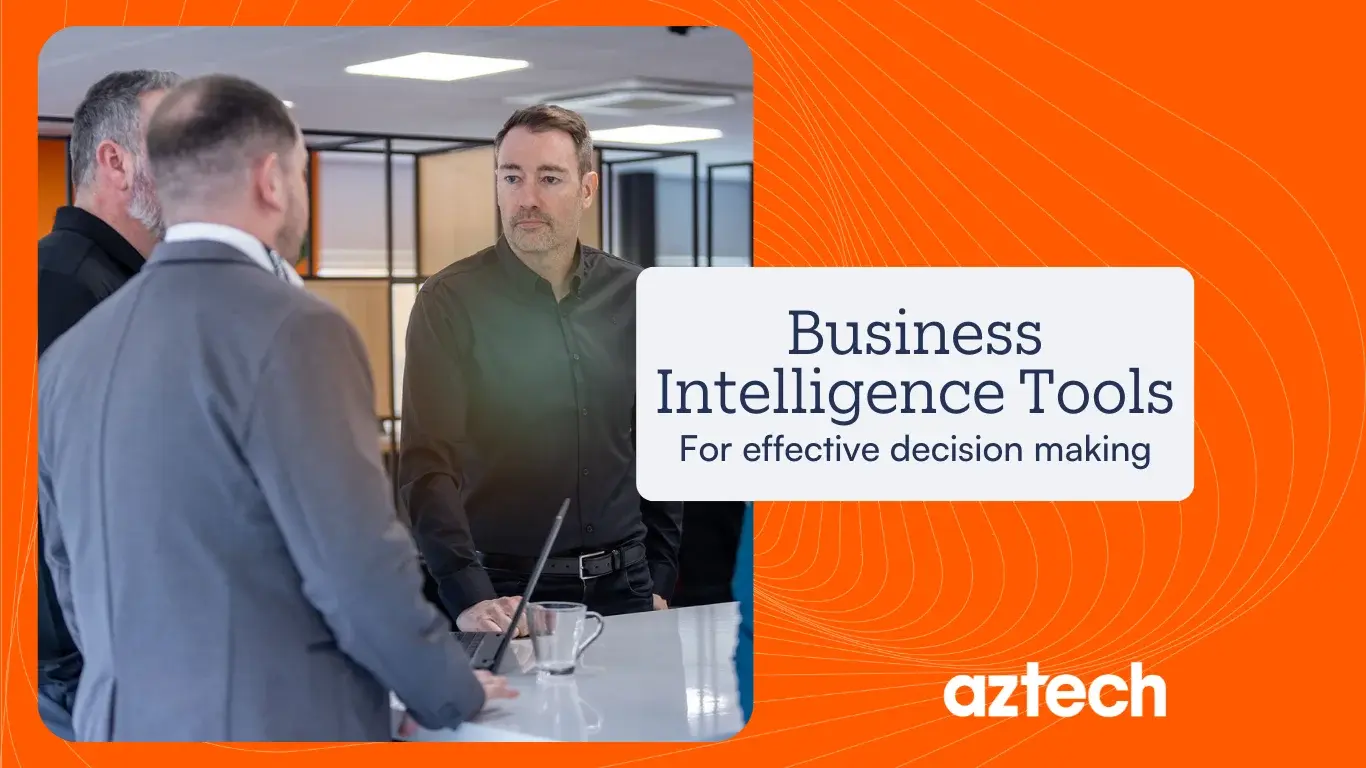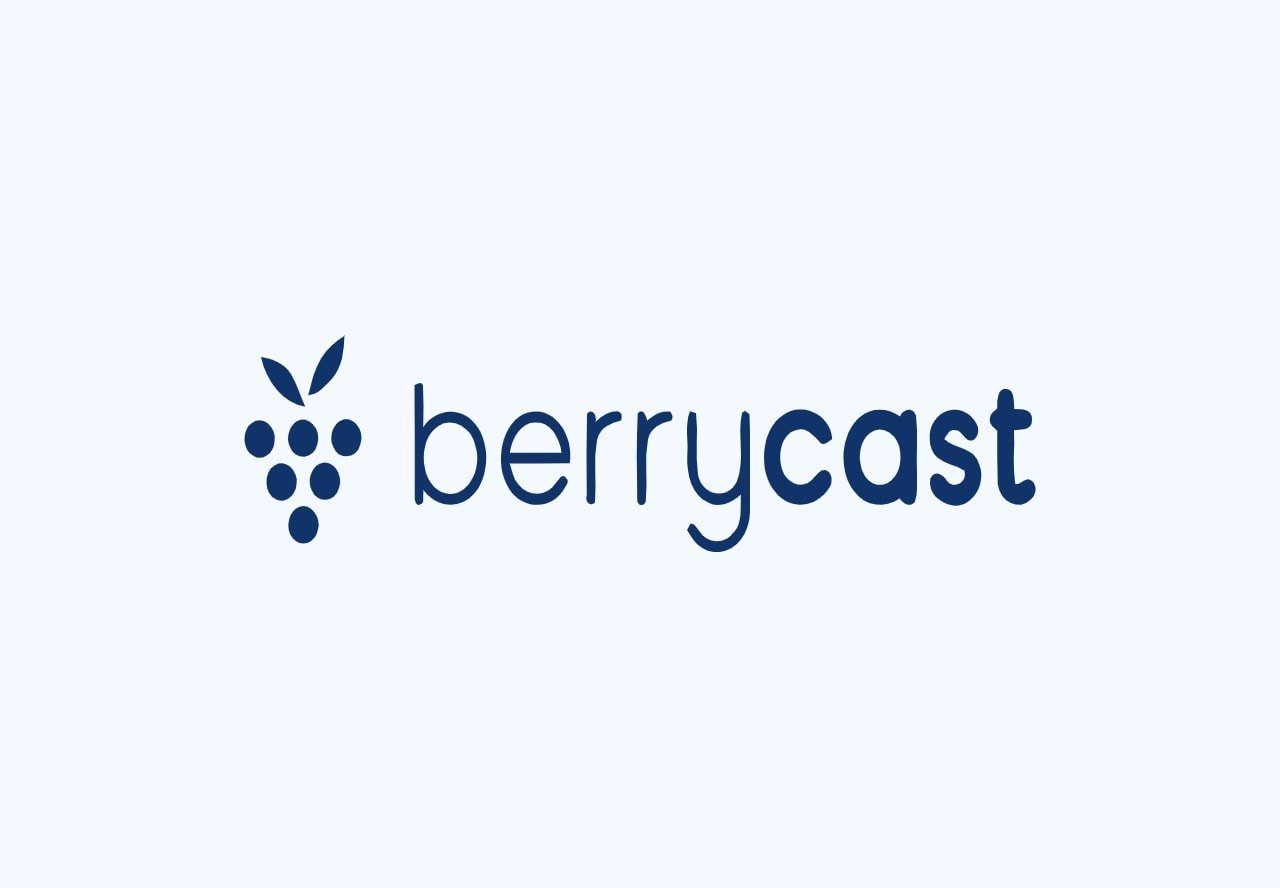Team Collaboration Techniques? In today’s fast-paced work environment, effective team collaboration is crucial. Teams that communicate well achieve more together.
Collaboration techniques help teams work smoothly and efficiently. They promote clear communication and foster a sense of unity. Understanding these techniques can transform how teams operate. Whether you work in an office or remotely, collaboration is key. It boosts productivity and morale.
Teams that collaborate well are more creative and innovative. This post explores various methods to enhance teamwork. From communication tools to team-building activities, you’ll find practical tips. Let’s dive into the world of team collaboration and discover how to make your team stronger and more cohesive. Ready to improve your team’s collaboration? Read on for valuable insights and techniques.
Effective Communication
Effective communication is the backbone of successful team collaboration. Clear communication fosters understanding, reduces errors, and enhances productivity. Let’s delve into some key techniques to boost communication within your team.
Open Channels
Creating open channels for communication is essential. Everyone should feel comfortable sharing ideas, concerns, and feedback. Here are some ways to establish open channels:
- Regular Meetings: Schedule regular team meetings to discuss progress and challenges.
- Chat Tools: Use chat tools like Slack or Microsoft Teams for instant communication.
- Open-Door Policy: Encourage an open-door policy where team members can speak freely.
Feedback Mechanisms
Feedback mechanisms help in identifying strengths and areas of improvement. Constructive feedback leads to personal and professional growth. Consider these methods:
- Anonymous Surveys: Conduct anonymous surveys to gather honest opinions.
- One-on-One Meetings: Schedule one-on-one meetings to provide personalized feedback.
- Peer Reviews: Implement peer reviews to get diverse perspectives.
| Technique | Description |
|---|---|
| Regular Meetings | Schedule regular team meetings to discuss progress and challenges. |
| Chat Tools | Use chat tools like Slack or Microsoft Teams for instant communication. |
| Open-Door Policy | Encourage an open-door policy where team members can speak freely. |
| Anonymous Surveys | Conduct anonymous surveys to gather honest opinions. |
| One-on-One Meetings | Schedule one-on-one meetings to provide personalized feedback. |
| Peer Reviews | Implement peer reviews to get diverse perspectives. |
- Regular Meetings: Schedule regular team meetings to discuss progress and challenges.
- Chat Tools: Use chat tools like Slack or Microsoft Teams for instant communication.
- Open-Door Policy: Encourage an open-door policy where team members can speak freely.
- Anonymous Surveys: Conduct anonymous surveys to gather honest opinions.
- One-on-One Meetings: Schedule one-on-one meetings to provide personalized feedback.
- Peer Reviews: Implement peer reviews to get diverse perspectives.

Credit: fastercapital.com
Clear Role Definition
Effective team collaboration thrives on clear role definition. Knowing who does what boosts productivity and reduces confusion. It ensures every team member understands their part in the project. Below are key techniques to achieve clear role definition.
Role Clarity
Role clarity ensures each team member knows their exact duties. This step involves defining job titles and specific tasks. It helps in avoiding overlaps and gaps in responsibility.
Create a document outlining each role. Include:
- Job title
- Core responsibilities
- Reporting lines
Responsibility Allocation
Responsibility allocation involves distributing tasks based on skills and expertise. Each task should align with the team member’s strengths.
Consider using a table for clarity:
| Role | Responsibilities |
|---|---|
| Project Manager | Oversee project, set deadlines, ensure quality |
| Developer | Write code, test software, fix bugs |
| Designer | Create layouts, design graphics, ensure user-friendly interface |
Regularly review and adjust roles as needed. This keeps the team agile and responsive to changes.
Use feedback sessions to check if responsibilities are clear and manageable. Open communication helps in fine-tuning the allocation process.
Goal Setting
Effective goal setting is essential for team collaboration. It ensures everyone is on the same page. Clear goals provide direction and motivation. They help teams measure progress and stay focused.
Smart Goals
SMART goals are specific, measurable, achievable, relevant, and time-bound. These criteria ensure goals are clear and attainable.
| Criteria | Description |
|---|---|
| Specific | Clearly define the goal. Avoid vague terms. |
| Measurable | Track progress with concrete numbers. |
| Achievable | Set realistic goals. Ensure they are within reach. |
| Relevant | Align goals with team objectives. |
| Time-bound | Set a deadline for achieving the goal. |
Using the SMART framework helps teams set effective goals. This method makes goals easier to understand and achieve.
Milestones
Breaking down goals into milestones makes them more manageable. Milestones are smaller, measurable steps within a goal.
- Milestones provide a roadmap for achieving larger goals.
- They help track progress and maintain momentum.
- Setting milestones ensures regular check-ins and adjustments.
Teams can celebrate reaching milestones. This boosts morale and keeps the team motivated. Milestones also make it easier to identify and address issues early.
To set effective milestones, follow these steps:
- Identify the main goal.
- Break the goal into smaller tasks.
- Assign deadlines to each task.
- Track progress and adjust as needed.
Setting SMART goals and milestones enhances team collaboration. It provides structure and clarity, ensuring everyone works towards the same objectives.

Credit: www.sustained-quality.com
Collaborative Tools
Effective team collaboration often relies on the right tools. These tools help teams work together smoothly, manage tasks, and communicate efficiently. Here, we explore two essential types of collaborative tools.
Project Management Software
Project management software is crucial for organizing tasks and projects. This software allows teams to assign tasks, set deadlines, and track progress. It ensures everyone is on the same page.
Popular project management tools include:
- Trello: Uses boards, lists, and cards for task management.
- Asana: Helps teams plan, organize, and track work.
- Jira: Ideal for software development teams.
Features of project management software:
| Feature | Description |
|---|---|
| Task Assignment | Assign tasks to team members easily. |
| Deadline Tracking | Monitor deadlines to ensure timely completion. |
| Progress Tracking | Track project progress and identify bottlenecks. |
Communication Platforms
Communication platforms are essential for keeping teams connected. These tools allow for instant messaging, video calls, and file sharing. They help team members communicate effectively.
Common communication platforms include:
- Slack: A messaging app for teams with channels and direct messages.
- Microsoft Teams: Integrates with Office 365 and offers chat, video, and file sharing.
- Zoom: Known for reliable video conferencing capabilities.
Advantages of using communication platforms:
- Instant Messaging: Quick communication without email.
- Video Calls: Face-to-face interaction, even remotely.
- File Sharing: Easy sharing of documents and resources.
Team Building Activities
Engaging in team building activities can greatly improve team collaboration. These activities create a sense of unity and trust among team members. They help break down barriers, encourage open communication, and build stronger relationships. Here are some effective team building activities to consider.
Workshops
Workshops are a great way to enhance team skills and knowledge. They offer a structured environment where team members can learn and grow together. Workshops can cover a range of topics such as problem-solving, communication, and project management.
Here are some benefits of workshops:
- Improves specific skills related to work.
- Encourages teamwork and collaboration.
- Provides hands-on learning experiences.
Consider scheduling regular workshops to keep your team updated and engaged. You can invite experts to lead these sessions or use online resources.
Social Events
Social events offer a relaxed setting for team members to connect. These events help create a positive work environment and boost morale. Social events can range from casual outings to organized parties.
Here are some ideas for social events:
- Team lunches or dinners.
- Game nights.
- Outdoor activities like hiking or picnics.
Organize regular social events to strengthen team bonds. Encourage everyone to participate and make these events enjoyable and inclusive.
Conflict Resolution
Conflict is inevitable in any team. But, effective conflict resolution is key to maintaining a healthy work environment. Addressing conflicts promptly and effectively ensures that teams remain productive and cohesive.
Mediation Techniques
Effective mediation can help resolve conflicts. A neutral mediator can facilitate discussions between conflicting parties. Here are some key mediation techniques:
- Active listening: The mediator listens to each party without interrupting.
- Neutral stance: The mediator remains impartial throughout the process.
- Open-ended questions: Asking questions that require more than a yes or no answer.
- Empathy: Understanding and acknowledging each party’s feelings and viewpoints.
- Summarizing: Restating the main points to ensure understanding and clarity.
These techniques can help create a safe environment. They encourage open and honest communication. This can lead to a mutually agreeable solution.
Problem-solving Strategies
Conflict often arises from underlying problems. Effective problem-solving strategies can address the root cause of conflicts. Here are some strategies to consider:
- Identify the problem: Clearly define the issue at hand.
- Gather information: Collect relevant data and insights from all parties involved.
- Brainstorm solutions: Encourage team members to suggest possible solutions.
- Evaluate options: Assess the pros and cons of each proposed solution.
- Implement the best solution: Choose the most viable solution and put it into action.
- Monitor progress: Regularly check on the implementation and make adjustments if needed.
Using these strategies helps teams address issues constructively. It promotes a culture of problem-solving and continuous improvement.
Regular Check-ins
Regular check-ins are essential for effective team collaboration. They ensure everyone stays on track. They help identify problems early. Regular check-ins also foster a sense of accountability and keep the team aligned with their goals. Below are two effective ways to conduct regular check-ins.
Progress Meetings
Progress meetings are crucial for team success. They typically occur weekly or bi-weekly. These meetings allow team members to share updates on their tasks.
Here are some key points to consider for progress meetings:
- Set a clear agenda: Always have a planned agenda.
- Time management: Keep the meeting within 30-60 minutes.
- Encourage participation: Make sure everyone speaks up.
- Address roadblocks: Identify and solve issues quickly.
Progress meetings also help in tracking overall project milestones. They ensure that the team stays aligned with the project goals. Regular updates keep everyone informed about the project’s status.
One-on-one Sessions
One-on-one sessions are another effective way to check in with team members. These meetings are typically between a manager and an individual team member. They provide a safe space for open communication.
Benefits of one-on-one sessions include:
- Personalized feedback: Offer specific and constructive feedback.
- Career development: Discuss career goals and growth opportunities.
- Problem-solving: Address personal or work-related issues privately.
- Building trust: Strengthen the relationship between manager and employee.
One-on-one sessions should be held regularly. They can be weekly, bi-weekly, or monthly, depending on the team’s needs. These sessions help in understanding individual challenges and aspirations.
Regular check-ins, whether through progress meetings or one-on-one sessions, are vital for team collaboration. They ensure that everyone is on the same page and working towards common goals.

Credit: www.linkedin.com
Recognition And Rewards
Team collaboration thrives on mutual respect and acknowledgment. Recognizing and rewarding team members’ efforts boosts morale and productivity. Let’s explore some effective techniques.
Acknowledging Achievements
Acknowledging achievements is essential in a team setting. Celebrating small wins can greatly impact team spirit. Here’s how you can do it:
- Publicly praise team members during meetings.
- Send personalized thank-you notes.
- Feature achievements in the company newsletter.
These simple gestures create a positive work environment. They help team members feel valued and appreciated.
Incentive Programs
Implementing incentive programs can motivate team members to perform their best. Consider these options:
| Incentive Type | Description |
|---|---|
| Monetary Bonuses | Provide financial rewards for exceptional work. |
| Extra Time Off | Offer additional paid leave days. |
| Gift Cards | Give gift cards to popular stores or services. |
| Professional Development | Pay for courses or workshops. |
These incentives can boost motivation and productivity. They encourage team members to aim higher and contribute more.
Overall, recognition and rewards play a crucial role in team collaboration. They not only boost morale but also enhance team performance.
Frequently Asked Questions
What Are Team Collaboration Techniques?
Team collaboration techniques include brainstorming, regular meetings, and using collaborative tools. These methods improve communication and productivity.
Why Is Team Collaboration Important?
Team collaboration is important because it enhances problem-solving, boosts creativity, and increases efficiency. It fosters a positive work environment.
How Can Teams Improve Collaboration?
Teams can improve collaboration by setting clear goals, maintaining open communication, and using project management tools. Regular feedback also helps.
What Tools Help In Team Collaboration?
Tools that help in team collaboration include Slack, Trello, Asana, and Microsoft Teams. These tools facilitate communication and task management.
Conclusion
Effective team collaboration techniques can improve your team’s productivity and morale. Clear communication and shared goals ensure everyone works harmoniously. Remember, tools and regular feedback also play crucial roles. Encourage a culture of trust and mutual respect. Experiment with different methods to find what works best for your team.
Happy collaborating!





